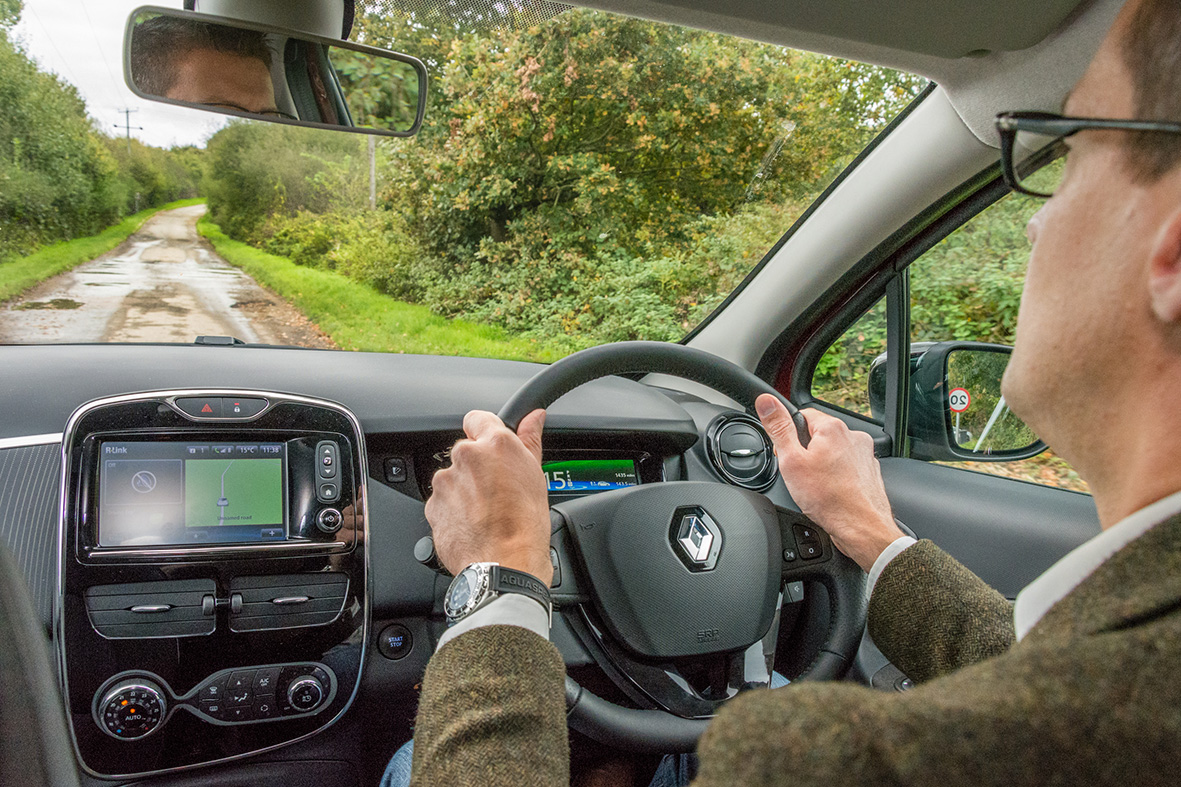Driving eyesight rules: experts call for driver eye tests every decade
People over 70 are urged to check their vision more frequently

Motorists should have their sight checked at least once every ten years to ensure they are fit to drive, according to eyesight experts.
The Association of Optometrists (AOP) is calling on drivers to undergo an extensive eye test to prove their vision still meets the legal standard, which is checked before the start of the driving test, Auto Express reports.
The AOP says vision tests should be completed once a decade. Drivers over 70 are advised to visit an optometrist more often, says the motoring magazine.
The Week
Escape your echo chamber. Get the facts behind the news, plus analysis from multiple perspectives.

Sign up for The Week's Free Newsletters
From our morning news briefing to a weekly Good News Newsletter, get the best of The Week delivered directly to your inbox.
From our morning news briefing to a weekly Good News Newsletter, get the best of The Week delivered directly to your inbox.
Motorists must be able to read a number plate from a distance of 20 metres to be deemed fit to drive. If a driver’s eyesight deteriorates over time, it’s the individual’s responsibility to inform the Driver and Vehicle Licensing Agency (DVLA) that glasses are needed for driving.
A survey published by the AOP today reveals that 44% of optometrists have seen patients who admit to driving despite their eyesight being below the legal limit, says the Daily Express.
Henry Leonard, a spokesperson for the AOP, told the newspaper: “It is shocking that so many drivers are overlooking the importance of good vision.
“Sight change can often be gradual and people may not notice changes that could affect their ability to drive.”
A free daily email with the biggest news stories of the day – and the best features from TheWeek.com
Leonard’s comments have been echoed by the RAC’s road safety spokesperson, Pete Williams, who believes motorists should have their sight checked every two years, “or if they notice any changes to their vision.”
Roadside spot checks
In September, police forces began carrying out roadside eye tests as part of a crackdown on motorists whose vision was not good enough to drive legally.
Every driver pulled over by police in Hampshire, Thames Valley and the West Midlands will be asked to read a number plate from a distance of 20 metres (65ft), The Independent reports.
Drivers who fail the test will have their driving licence “immediately revoked”, says the online newspaper. Data from the tests will be used to improve understanding of the extent of poor driver vision.
Traffic police can request the urgent revocation of a licence by the Driver and Vehicle Licensing Agency (DVLA) “for reasons of poor eyesight” under legislation dubbed Cassie’s law, says Auto Express.
The law, introduced in 2013, is named after 16-year-old Cassie McCord, who was killed when a car driven by 87-year-old Colin Horsfall swerved onto a pavement and hit her.
Horsfall, who also died from injuries sustained in the accident, had “previously failed a police eyesight test”, the motoring magazine says.
Speaking to the BBC, Sergeant Rob Heard, representing the police forces taking part in the new initiative, said: “Not being able to see a hazard or react to a situation quickly enough can have catastrophic consequences.”
He warned that traffic officers would be conducting eyesight checks “at every opportunity”.
Get your eyesight tested now, urges DVLA
The DVLA made a public plea in July for drivers to take eye tests, amid concerns that motorists may not be aware that their eyesight isn’t up to a legal standard.
A recent survey launched by the agency found that 50% of drivers were unaware of the minimum eyesight standards needed to drive legally, the BBC reports.
Half of the motorists surveyed failed to regularly self-check their vision.
How to check your eyesight
A full eye test by an optician is the most accurate gauge of vision quality, the DVLA says, but there’s a quick test drivers can do to make sure their sight meets the legal limit.
Drivers must stand at least 20 metres – roughly five car lengths – from a vehicle and attempt to read the number plate.
Motorists who are “unable to read a number plate – even partially – from the minimum distance” must inform the DVLA by law, The Sun says.
The agency’s Wyn Parry, said: “The number plate test is a simple and effective way for people to check their eyesight meets the required standards for driving.
“Having good eyesight is essential for safe driving, so it’s really important for drivers to have regular eye tests.”
-
 Why is Trump’s alleged strike on Venezuela shrouded in so much secrecy?
Why is Trump’s alleged strike on Venezuela shrouded in so much secrecy?TODAY'S BIG QUESTION Trump’s comments have raised more questions than answers about what his administration is doing in the Southern Hemisphere
-
 Vance’s ‘next move will reveal whether the conservative movement can move past Trump’
Vance’s ‘next move will reveal whether the conservative movement can move past Trump’Instant Opinion Opinion, comment and editorials of the day
-
 Why recognizing Somaliland is so risky for Israel
Why recognizing Somaliland is so risky for IsraelTHE EXPLAINER By wading into one of North Africa’s most fraught political schisms, the Netanyahu government risks further international isolation